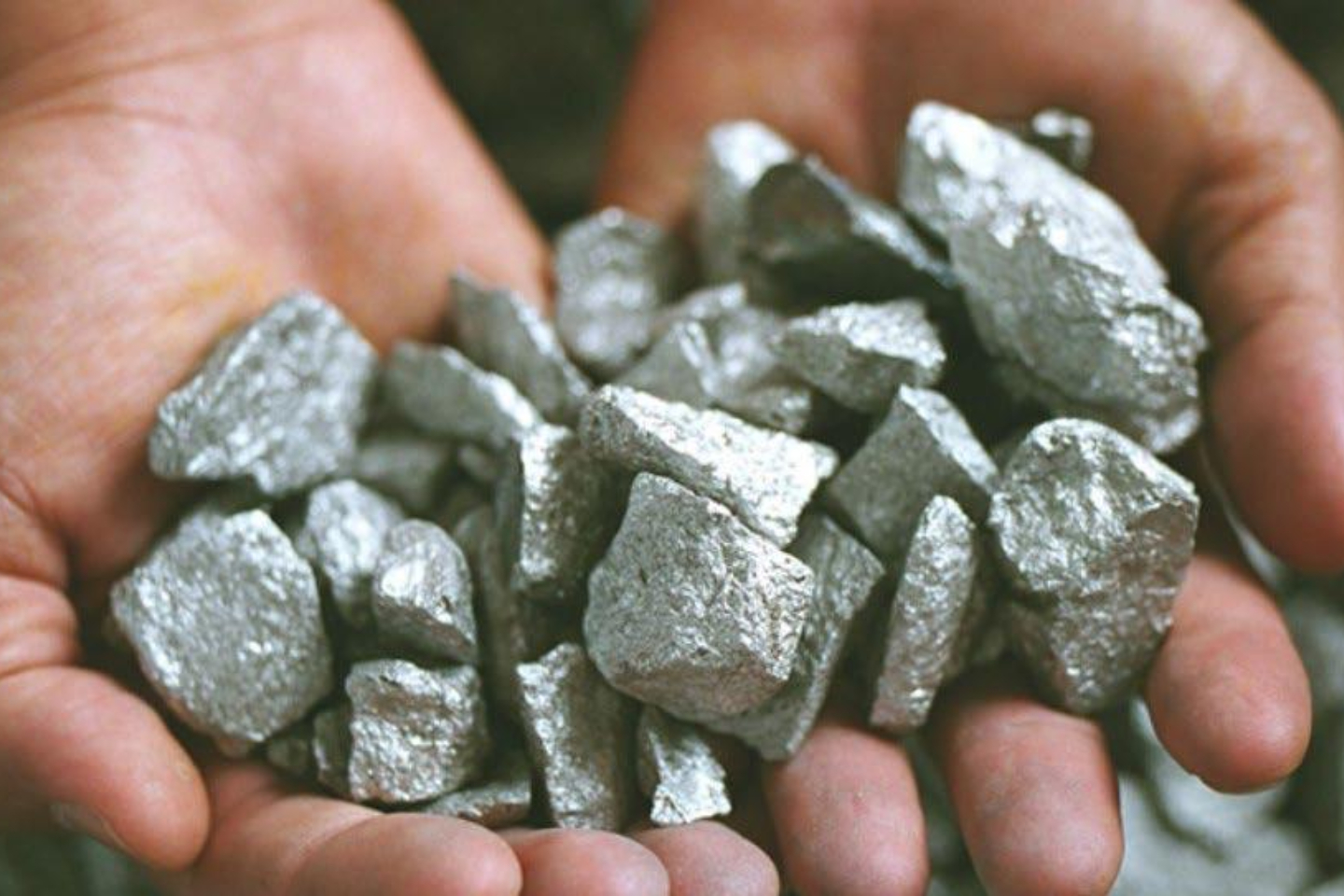The Ministry of Petroleum & Natural Gas (MoPNG) is in favour of allocating a portion of the Oil Industries Development Cess (OID cess) to ONGC and Oil India (OIL), which will help in providing more capital to these companies to enhance exploration & production (E&P) activities.
The Ministry in its submission before the Parliamentary Standing Committee on Petroleum and Natural Gas said “Government may, therefore, also consider allocating a portion of the OID Cess collection to NoCs and thereby supplement the internal accruals of NoCs for the exploration activities”.
The Ministry representatives appeared before the panel on October 17, 2024, to discuss the grants-in-aid for FY25.
ONGC and OIL, which account for most of the country’s domestic crude oil production, collectively paid ₹16,371 crore as OID cess in FY24, ₹18,464 crore in FY23, and ₹16,138 crore in FY22.
The government levies OID cess on domestic production of crude oil, since 1974. At present, the cess is levied at an ad-valorem rate of 20 per cent from March 2016.
The OID cess is levied on production from nomination and pre-NELP crude oil and gas blocks, while blocks allotted under NELP and OALP do not attract this cess.
Impact of OID cess
On impact of the cess over finances of these two PSUs, MoPNG explained that even as the introduction of ad-valorem OID Cess rate was envisaged by the government as a relief for the industry, its unduly high rate at 20 per cent has “impacted industry adversely”.
Besides, most of the fields of the Pre-NELP and nomination regime are already in the production decline stage and need more initiatives and expenditure to maintain/enhance the existing production level, it added.
Besides OID Cess, other statutory levies, such as royalty at 10 per cent and 20 per cent on offshore and onshore production, respectively, and VAT at 5 per cent, are also paid. Earlier, the windfall tax was also paid, but the government has now scrapped it.
“Thus, it places domestic crude oil producers at a significant disadvantage vis-à-vis imported crude oil,” the Ministry pointed out.
OID Cess, Windfall Tax, and royalty are production levies that are not passed on to buyers and form part of the cost of production. MopNG explained that this makes many new development projects economically unviable.
During a low crude oil price regime, it also results in a significant impairment loss of upstream assets. Moreover, OID Cess reduces the resources available with the NoCs (ONGC and OIL) for exploratory efforts, bringing a larger area of the country under exploratory coverage.
“Given the 85 per cent import dependence in case of crude oil, it is essential that more resources are made available to NoCs to enhance exploration coverage in the country for energy security reasons,” the Ministry emphasised.
On raising the issue with the Finance Ministry, the MoPNG said, “As per provisions of the OID Act, a cess is collected as duty of excise on specified items and credited to the consolidated fund of India. The same has not been paid by crediting into the fund. The Ministry has taken up the matter of creating an OID Fund and crediting cess to the fund with the Ministry of Finance.”
Oil & gas sector
The oil and gas sector contributes about 33 per cent of the country’s primary energy mix. In 2023, India’s total energy consumption was about 39.02 Exajoules.
One EJ equals 34.12 million tonnes of coal equivalent (Mtce), 23.88 million tonnes of oil equivalent (Mtoe), 947.8 trillion British thermal units (tBtu) and 277.8 terawatt hours (TWh). One TWh equals 1,000,000 megawatt hours (MWh).
The Compound Annual Growth Rate (CAGR) of petroleum products up to 2030 is projected to be 3.7 per cent. The International Energy Agency (IEA) projects that India will become the largest source of global oil demand growth up to 2030.









Leave a Comment